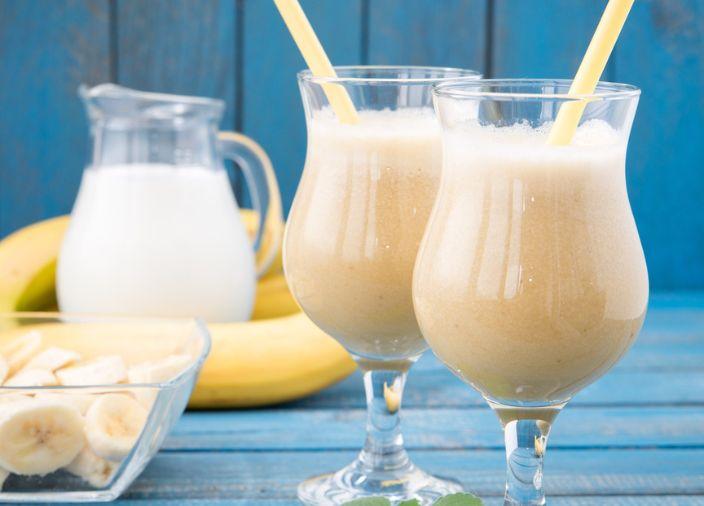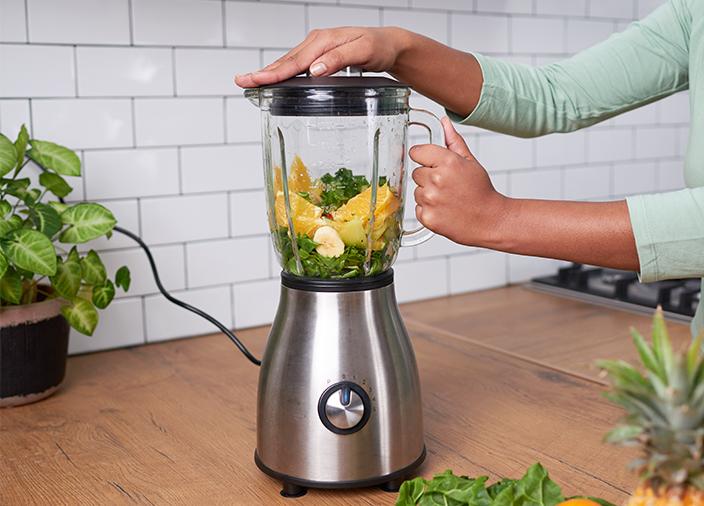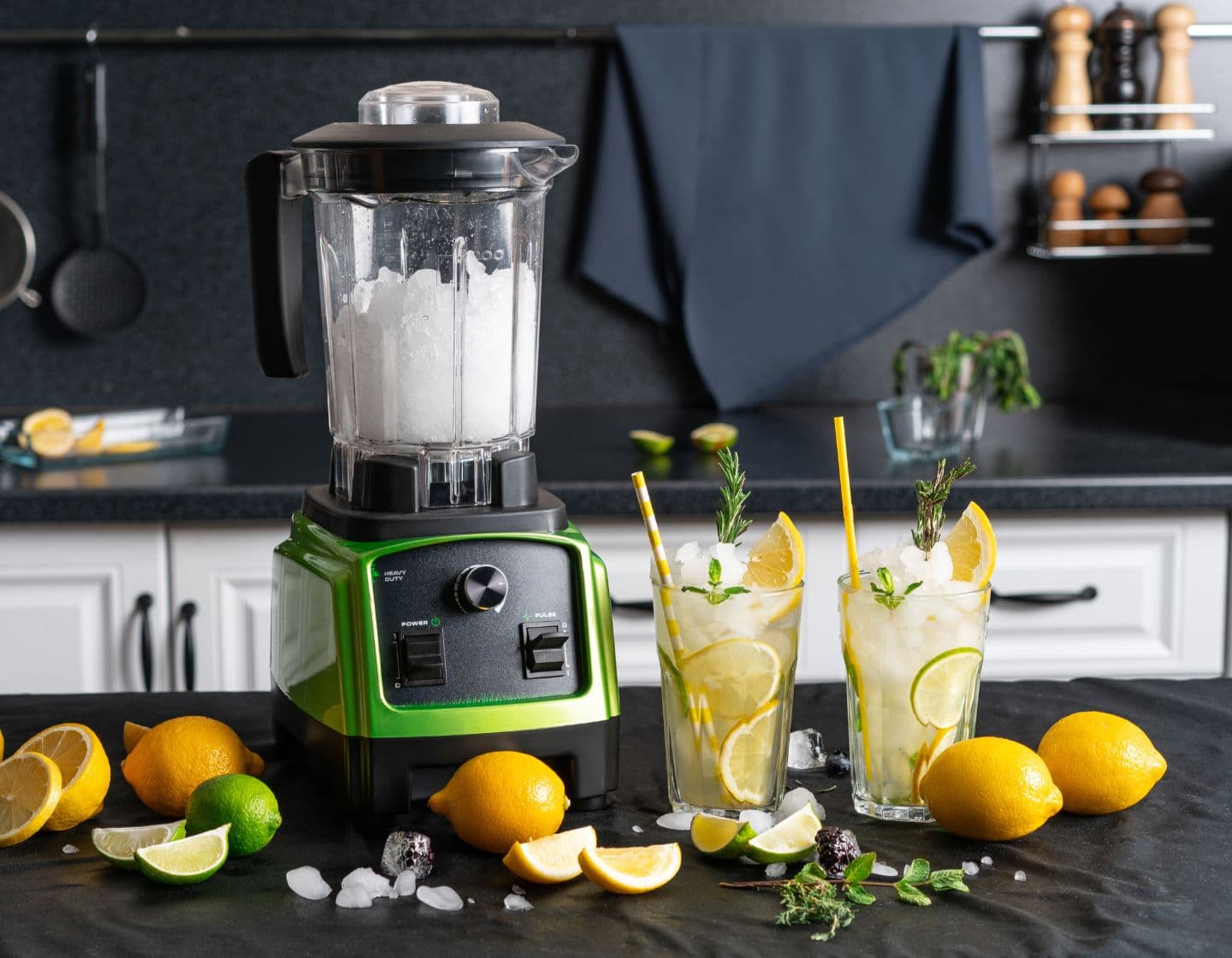Bar Skills: How To Make A Slushy Cocktail
The electric blender transformed how cocktails were made. Find out the history, styles and best practices for using the blender to make standout cocktails your guests will love.
Estimated reading time: 5 minutes
In the dynamic realm of mixology, where tradition often meets innovation, introduction of the electric blender transformed how cocktails were conceived and executed. While sometimes viewed with a hint of disdain by many “purists”, the blender possesses a transformative power in the hands of a skilled bartender.
Let’s explore the history, styles and best practices surrounding the blender and its pivotal role in contemporary cocktail culture.

Historical Overview
The genesis of the electric blender traces back to the early 20th century. Stephen Poplawski's 1922 invention was initially designed for milkshakes. However, its capability to produce distinct textures rapidly found favour within the cocktail industry.
The blender offered a novel approach to crafting beverages, particularly tropical and frozen drinks. Familiar brands Hamilton Beach and Vitamix were founded in the 1930s, and iconic blended drinks such as the Hemingway Daiquiri emerged from this era.
Common Styles of Blenders
- Traditional Countertop Blenders: Typically used in domestic and commercial settings, these blenders are versatile tools adept at concocting a wide range of beverages, from frozen Margaritas and Piña Coladas to smoothies and frappes.
- Immersion Blenders: These handheld devices, designed for direct immersion in the cocktail mixture, are beneficial for on-the-spot adjustments or blending in smaller quantities.
- High-Speed Performance Blenders: With robust motors and advanced functionalities, these premium blenders are designed for the hospitality environment and equipped to process even the most challenging ingredients and sustained use.
Optimal Usage Guidelines
Quality of Ice: Always use fresh, hard ice. Soft, half-melted ice can dilute the drink and not give the desired texture.
Ingredient Layering: Start with liquid ingredients at the bottom, then solids, and then ice on top. This ensures efficient blending and prevents wear on the blades.
Pulse Technique: Instead of a constant blitz, pulse the blender. This prevents over-aerating the drink and helps achieve the right consistency.
Know Your Drink: Not all cocktails benefit from a blend. Reserve the blender for drinks that truly shine when aerated or require a specific texture.

Safety Protocols
- Put a lid on it: Ensure the lid is securely fastened before starting the blender to prevent messy (and dangerous) splashes.
- Don’t Over-Fill: Fill only up to two-thirds of the blender to allow room for the mixture to move and prevent spillage.
- Start Slow: Start at a slower speed and gradually increase to avoid jolting the mixture and to ensure even blending.
- Keep it Clean: Always clean the blender immediately after use to prevent ingredient residues, which can become a breeding ground for bacteria.
Common Uses
- Frozen Cocktails: Blenders excel in crafting beverages like frozen Margaritas or Strawberry Daiquiris.
- Emulsified Drinks: Drinks like the Piña Colada, with its creamy coconut and pineapple blend, owe their lush texture to the blender.
- Home-made Purees: Fresh fruit purees, like the peach purée in a Bellini, achieve their smooth consistency thanks to the blender.
- Innovative Infusions: Progressive mixologists utilise blenders for various ingredient preparation tasks whenever ingredients must be well integrated.
Key Takeaways
- The electric blender is a versatile piece of equipment that can quickly and effectively produce an extensive range of drinks and deserves a place in almost any modern bar.
- Despite not being held in as high regard as the “classic” cocktail technique by many bartenders, the blender is responsible for an immensely popular sub-category of cocktails that form an iconic part of the cocktail canon.
- Know your drink - not all cocktails benefit form a blend.
- Always follow safety and hygiene protocols for optimal performance and excellent serves.
Join our global community on Facebook and Instagram, and let’s interact! Become a member of Diageo Bar Academy for free today and get loads of extras, including exclusive access to our free menus, recipe cards, courses, and more!
